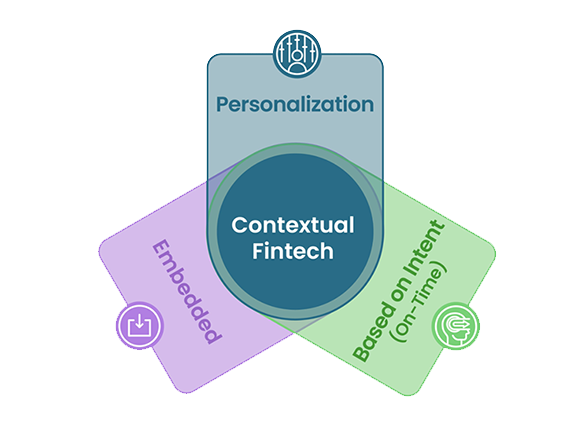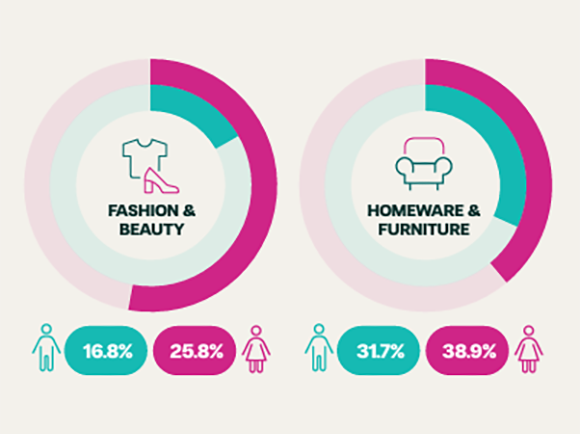Payment innovations are changing the customer experience – here’s how…

Divido will be at this year’s Money 2020 event in Amsterdam. Our COO, Neha Mittal, will be on stage exploring how to add value to payment systems. Ahead of the event, we take a brief look at how technology is impacting the customer experience at the checkout, with a focus on BNPL.
Coins were a revolution. Around 600 BC, a clever person in what is now modern-day Turkey figured out that coins made transactions simpler than bartering. Trading wheat for clothing took negotiation and time – with coins, commerce became practical.
Then paper money came along in the 1100s and coins started to feel like a nuisance. Consumers now had a more convenient and lightweight method of payment. Though coins continued to be used, payments were evolving.
Plastic began to take over in the 1950s as the credit card was introduced in New York. This new alternative way to pay provided consumers with a new flavour of flexibility. Then, in 1994 (the same year Amazon was founded) the real revolution began; the online marketplace was established with the internet’s first transaction. Digital payments began to take shape.
Let’s get digital
In the 28 years since, e-commerce has risen steadily as consumers have shifted their spending online. This shift was accelerated recently by the COVID-19 pandemic. Consumers, restricted from entering physical stores, continued shopping from the comfort of their homes. In pre-pandemic 2019, e-commerce was estimated to be worth 13.8% of global retail sales. In 2021, that figure had grown to 19.6%, and it is now estimated e-commerce will represent a quarter of all transactions by 2025.
Innovations within the online marketplace – one-click checkouts, e-wallets, and buy now pay later (BNPL) – have enabled this accelerated growth with silky smooth checkout experiences. In this era, consumers are more concerned with the amount of clicks it takes to complete a transaction than the weight of the currency in their pockets.
We’ve certainly come a long way from trading chickens. But there’s a catch. Customer loyalty is declining, in part because direct-to-consumer merchants are popping up everywhere.
That is not to say that consumers today are more fickle than previous generations, but that there is more choice than ever before. It is increasingly difficult for merchants to build a relationship with consumers who are navigating such a noisy marketplace.
In this new age of payments, where checkouts are seamless and loyalty is loose, a new currency has emerged: the customer experience (CX).
The new driver of loyalty: Customer Experience
With an abundance of merchants to choose from, the customer experience has become the deciding factor for many consumers. Two thirds say they would switch to a competitor providing a better customer experience, whilst 77% cite convenience as the main reason for selecting a service provider. A superior customer experience leads to greater conversion rates, increased retention, and ultimately, loyal customers. It has become the driving force of loyalty and is a key differentiator between merchants. As a result, retailers with a physical presence are beginning to provide experiential shopping in their premises.
In Situ, for example, allows consumers to try out products at Westfield shopping centre in London. Consumers scan a QR code if they like what they see and the code takes them to the cheapest place online to complete the transaction.
Other companies have removed the checkout altogether to eliminate friction. Amazon Fresh, Bolt and Uber have all removed the physical process of paying for products and services – or at least diluted them to a barely noticeable standard.
And for the checkouts that still exist?
Seamlessness is king. While e-wallets seem easy now, it will soon be possible to pay with a smile or a wave. Meanwhile, FinTech’s most hotly debated product, buy now pay later (BNPL), has enabled a shopping experience so smooth that it’s got everyone talking.
BNPL has reversed the customer journey of traditional finance, with credit available at exactly the point it is needed – the point of sale. Instead of going into a bank to apply for credit ahead of purchase, small loans are offered at the checkout, significantly reducing the hassle of applying for finance. In fact, offering BNPL can increase conversion rates by 30% as previously underserved consumers now have access to the finance they need.
And as for loyalty, BNPL provider Sezzle reports a 12.9% boost in repeat sales for in-store BNPL purchases.
The lines between online and offline continue to blur and merchants must start to look for omnichannel retail finance products to stay ahead. Providing effortless payments in-store and online bolsters the customer experience and ensures retailers remain competitive.
Stay in control
Not all BNPL is created equally. Most consumer-facing BNPL providers take consumers away from the merchant’s website at the point of purchase to complete a finance application. Consumers thus find themselves transported to another retail ecosystem altogether, which features competing merchant brands.
Merchants lose control of their customer journey by handing over the experience to third party applications. This has the potential to cause friction, or lose the sale altogether. The solution is a custom-branded BNPL solution, which puts the merchant in control of their customer experience.
Retailers hoping to succeed will need to provide more than just choice – they must provide an experience. And of course, that experience must be convenient. It’s a tale as old as currency.
Choosing a fully-regulated BNPL partner like Divido is the best way to ensure your business is future-proofed against changing regulations – click here to find out why unregulated partners could be in for a shock.
You might also
be interested in
Keen to know more?








